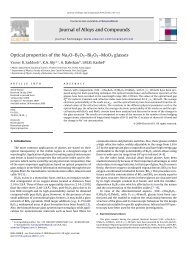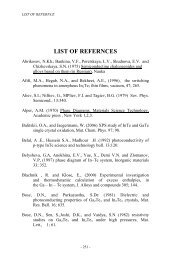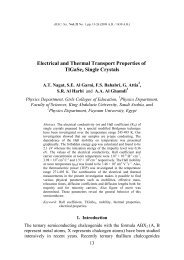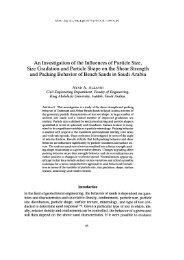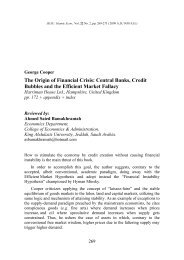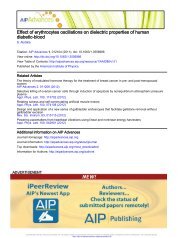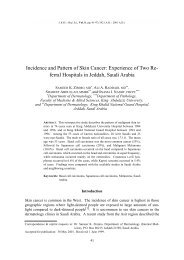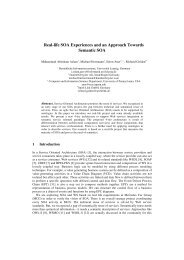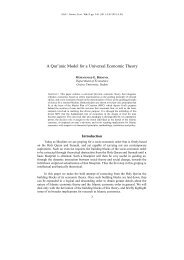Fundamental Organic Chemistry
Fundamental Organic Chemistry
Fundamental Organic Chemistry
You also want an ePaper? Increase the reach of your titles
YUMPU automatically turns print PDFs into web optimized ePapers that Google loves.
chloroform (CAUTION : toxic). A 2 : 1 mixture by volume of dichloromethane<br />
and methanol (also toxic) may be substituted for the chloroform.<br />
Dip two slides, back-to-back, in the slurry. Allow the excess slurry to drain.<br />
Separate the slides and allow them to dry in a fume hood. Then wipe excess<br />
adsorbent from the backs and edges of the slides. Making satisfactory plates<br />
requires practice; therefore, prepare a number of plates and select the most evenly<br />
coated ones. Microscope slide plates are shorter than commercial sheets;<br />
consequently, the separation of components is not as clean.<br />
Pipets. Commercial 10- µL disposable pipets are best for spotting.<br />
If commercial pipets are not available, draw out some soft glass tubing or<br />
melting-point capillary tubes in a flame. The diameter of the pipet should be<br />
about 1/4 of the diameter of a melting-point capillary.<br />
Developing jars. Developing chambers with the proper solvent system may<br />
be prepared in advance and kept in the fume hood. Any tall jar, such as an instant<br />
coffee jar or mason jar, with a lid or screw top, may be used for developing a<br />
TLC plate. The jar should be narrow enough to hold the plate upright inside,<br />
without the danger of its falling over. The lid of the jar should be impervious to<br />
solvent fumes.<br />
Suggested experiments:<br />
1- Analyze a mixture of amino acids.<br />
2- Analyze a mixture of ink.<br />
27




